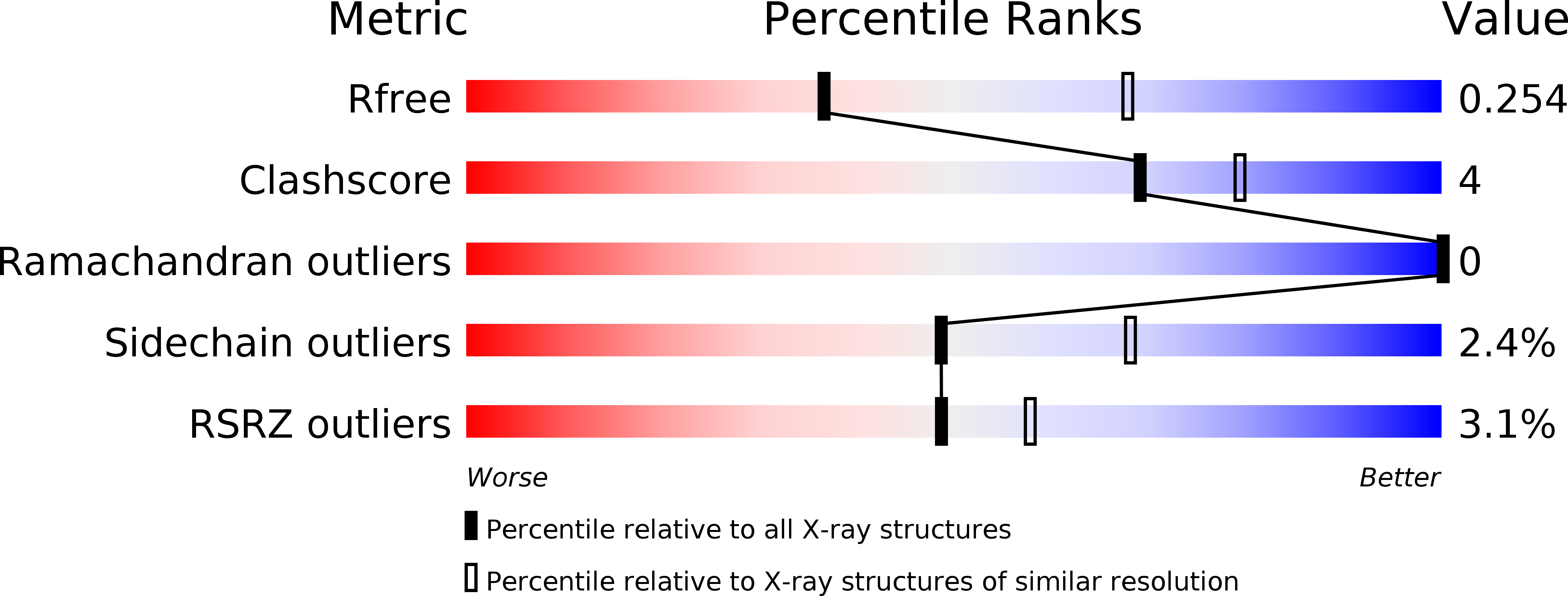
Deposition Date
2013-03-11
Release Date
2013-08-21
Last Version Date
2024-10-30
Method Details:
Experimental Method:
Resolution:
2.76 Å
R-Value Free:
0.25
R-Value Work:
0.19
R-Value Observed:
0.19
Space Group:
H 3


